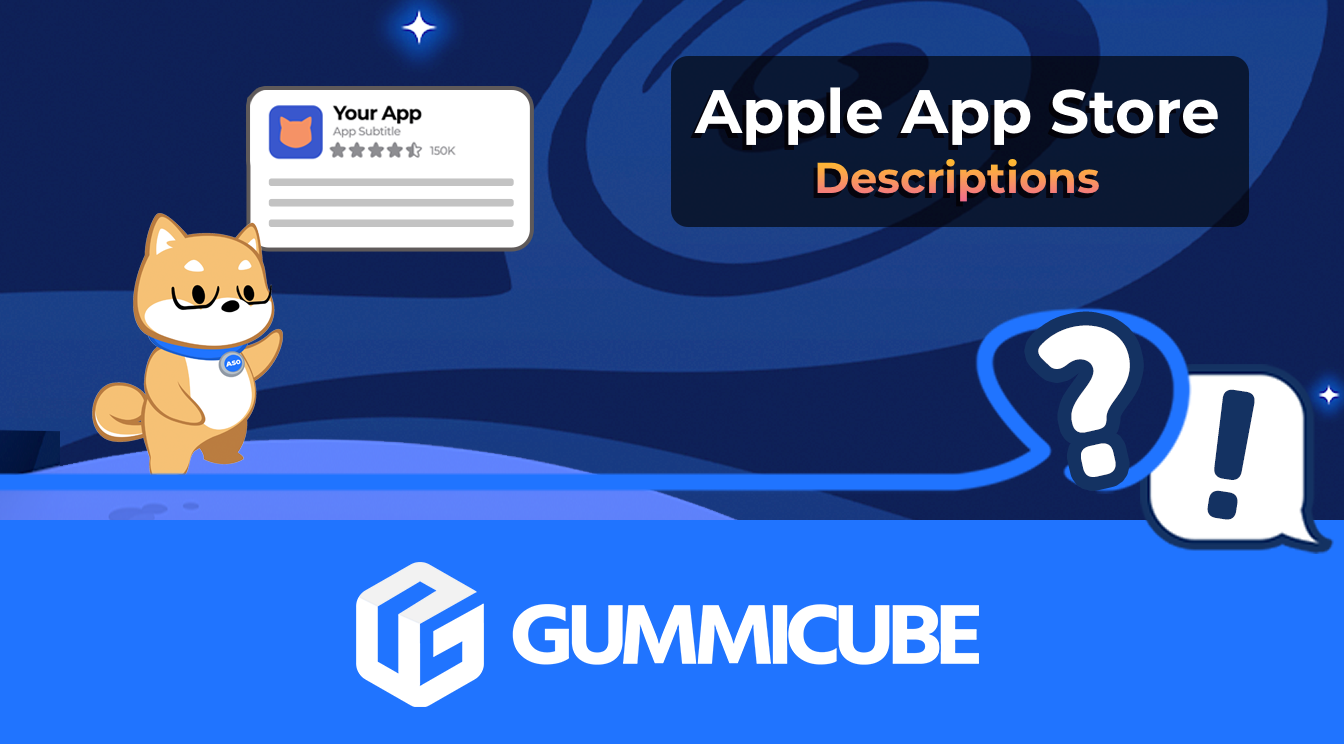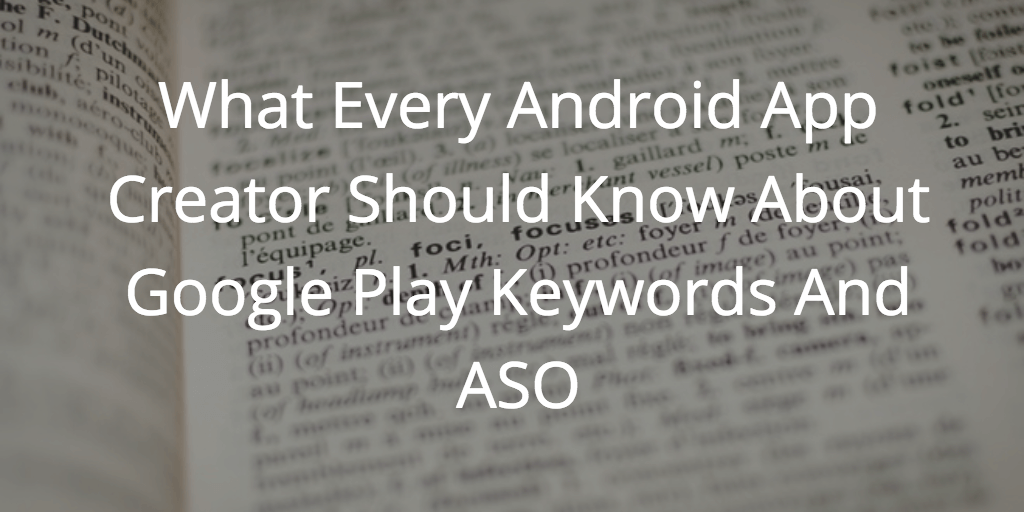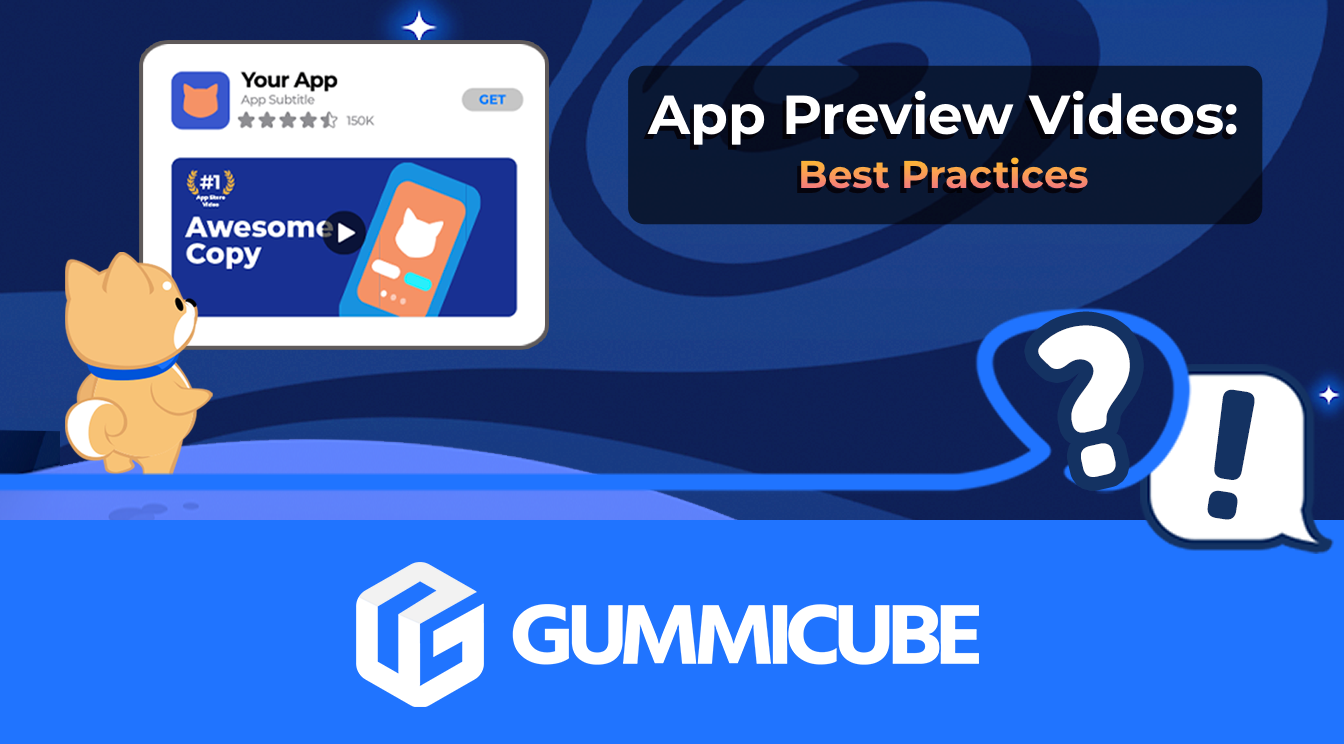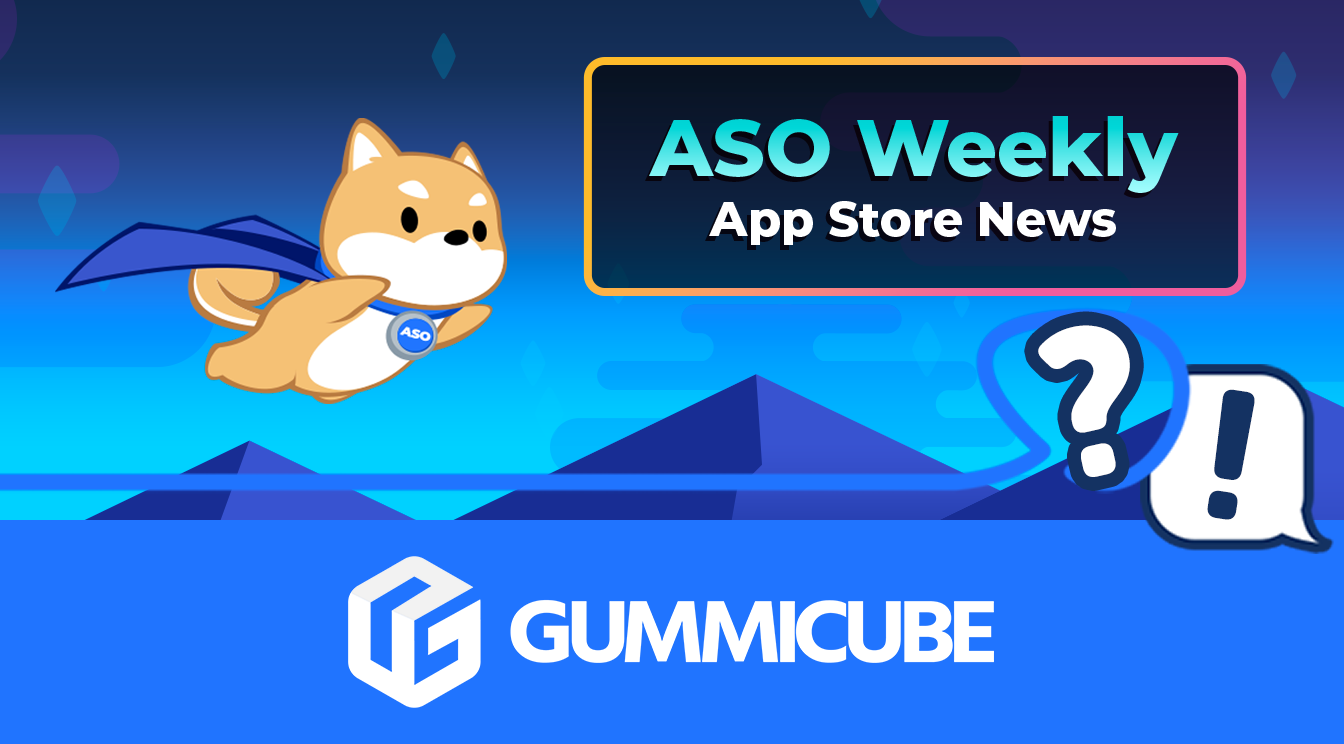
How to Write an Apple App Store Description
Posted on July 17th, 2024
Learn how to approach App Store descriptions the right way so you can effectively engage and convert users.

Using the right app optimization techniques can mean the difference between a highly successful app and one that is only moderately successful at best. Following are some important tips that can help a marketer promote his or her app in the most effective manner.
Because Google Play limits the number of characters that can be used in the title, short description and long description, it is imperative to choose the right keywords. In a perfect world, a good keyword would get a lot of app store search volume but not have a lot of competition. But the keywords that make up your app listing don't exist in vacuum. Relevance, how a specific word fits into the keyword matrix, and the value of the traffic as measured by intent or lifetime value all impact the value of a keyword. It is also extremely important to ensure that any keywords evaluated are highly related to the app's content. If the keyword is not related to what the app has to offer, this can result in poor conversion rates, low app usage and a high number of uninstalls, all of which are sure to damage your long-term Google Play ranking. In Google's developer center, they specifically state that the best practices of SEO apply in creating a good app listing for Google Play. What they don't say is that even if Google indexes the app listing content similar to a website - the search traffic you are attempting to optimize for is not web search traffic but Google Play search traffic. Further, while app indexing shows some promise for a deeper lever of indexing, websites have more than one page that is evaluated in search. In Google Play, your app listing serves the same purpose in ASO as an entire website does for SEO!
If possible, the main keyword being targeted should be used as part of the app's title. The general rule for Google Play ASO is the more constrained the field, the more weight given in indexation. The app name field is limited to 30 characters - so words used carry the greatest weight compared to the short and full descriptions. Using feature or function based phrases is a proven approach as a majority of app store search is for specific features. That said, the goal of selecting keywords for your app listing is not to rank higher, but to acquire more high LTV users. Finding features-based phrases that have a strong potential to convert viewers into users will ultimately help your app store rankings while bringing in more valuable users. In practice, this means when drafting the content of your full description - avoid writing as if for a search engine. Overusing the keyword does not increase search engine benefits and is likely to even be counterproductive if the description sounds like it was written for a search engine rather than a human.
Google Play app pages, much like websites, need inbound links in order to reach a larger audience.
Note: This is unique to Google Play as Apple does not currently include "social signals" in their app store ranking algorithm.
Links to your Google Play app page should be built naturally and ideally come from a wide range of websites. Developing channels outside of the app stores

Learn how to approach App Store descriptions the right way so you can effectively engage and convert users.

Learn how to grab your audience's attention through effective and engaging app store preview videos.

Welcome to this week’s ASO Weekly - The App Store halts gambling ads amidst outcry and the Apple takes a bite out of NFT app sales.